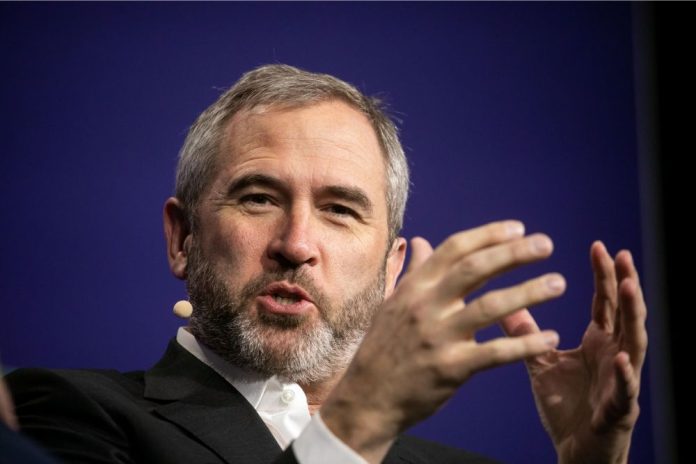XRP has garnered significant attention for its innovative features and potential to rival Bitcoin as the most widespread cryptocurrency. This conversation gained momentum following a statement by Ripple CEO Brad Garlinghouse during an interview with Bloomberg.
In the clip shared on X by prominent crypto figure Levi (@LeviRietveld), Garlinghouse highlighted a critical factor contributing to XRP’s performance: its alignment with regulatory frameworks and institutions.
“From the get-go, Ripple has worked with regulators, and we have worked with regulated institutions, like banks, where there isn’t regulatory uncertainty,” Garlinghouse stated. This strategic approach of working within the system has positioned XRP favorably, especially with its current status as the only altcoin with legal clarity in the U.S.
The Regulatory Advantage
Unlike Bitcoin, which was initially designed to operate outside the traditional financial system, XRP was created to be integrated within it. This distinction has allowed Ripple to forge partnerships with various financial institutions globally, providing XRP with credibility and utility not found in other cryptocurrencies.
Ripple has consistently engaged with regulators, especially in the U.S., advocating for clear and consistent regulatory frameworks that can foster innovation while ensuring compliance.
This has resulted in XRP being used by banks and financial institutions for cross-border transactions, a use case that has proven efficient and cost-effective.
As Garlinghouse pointed out, solving a problem “measured in the trillions of dollars” presents a significant opportunity for XRP to create value on a global scale.
We are on twitter, follow us to connect with us :- @TimesTabloid1
— TimesTabloid (@TimesTabloid1) July 15, 2023
XRP’s Utility Versus Bitcoin’s Store of Value
Bitcoin is often referred to as “digital gold,” serving primarily as a store of value. While this has its advantages, particularly as a hedge against inflation, it also limits Bitcoin’s utility in practical financial transactions.
XRP, on the other hand, was designed with a different purpose in mind. It aims to facilitate fast, low-cost cross-border payments, making it more versatile in day-to-day financial operations.
This utility is a critical factor in the ongoing debate about whether XRP could eventually surpass Bitcoin in terms of adoption and usage. XRP also offers significantly faster and cheaper transactions, and its practical applications within the financial industry offer a compelling case for its potential to become more widely adopted.
Levi added the caption “XRP is the next Bitcoin,” as a caption to the video, and Ripple achieving its goals and increased adoption could help XRP rise to the top of the crypto market. Some experts believe XRP can be worth more than gold, and it’s only a matter of time before its climb to the top begins.
Disclaimer: This content is meant to inform and should not be considered financial advice. The views expressed in this article may include the author’s personal opinions and do not represent Times Tabloid’s opinion. Readers are urged to do in-depth research before making any investment decisions. Any action taken by the reader is strictly at their own risk. Times Tabloid is not responsible for any financial losses.
Follow us on Twitter, Facebook, Telegram, and Google News


